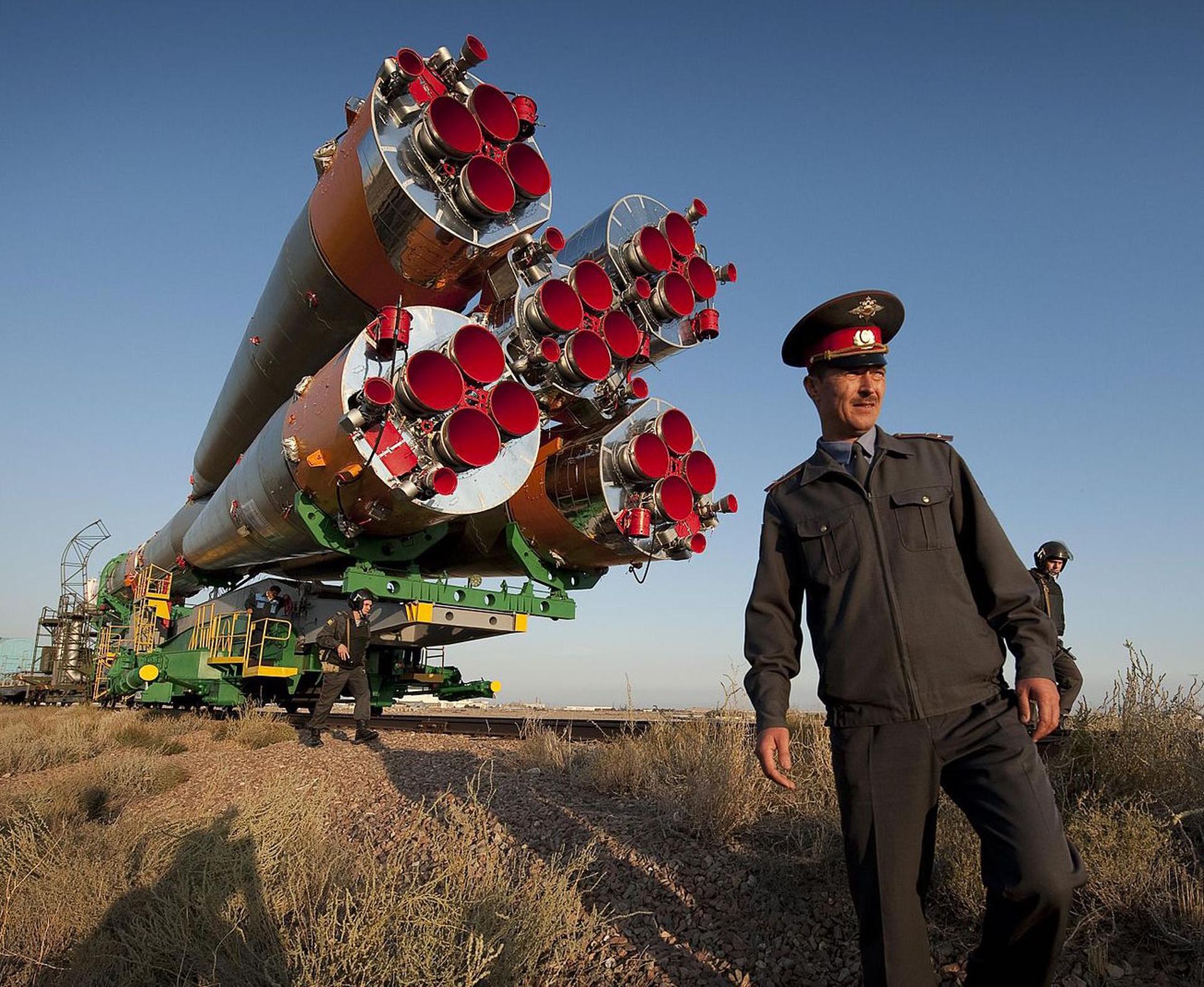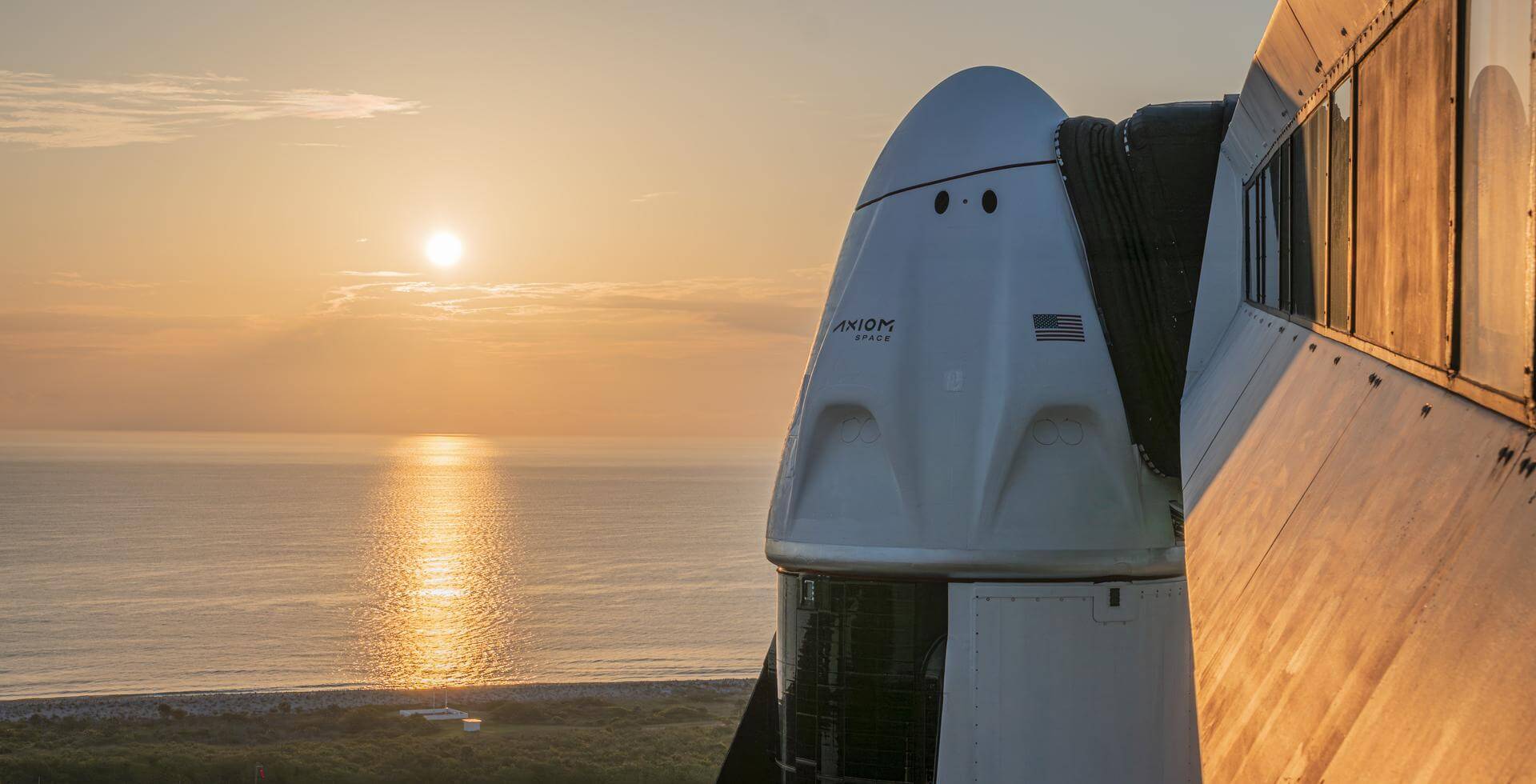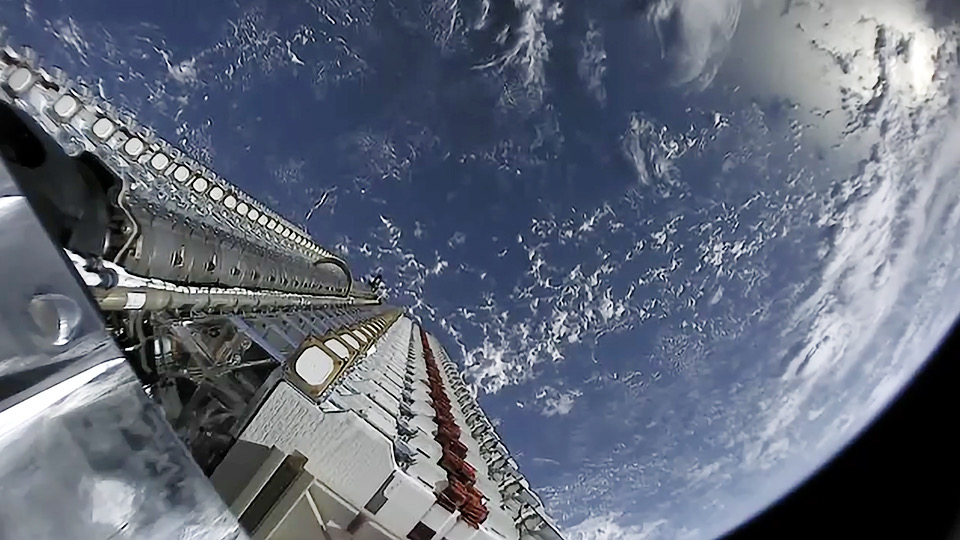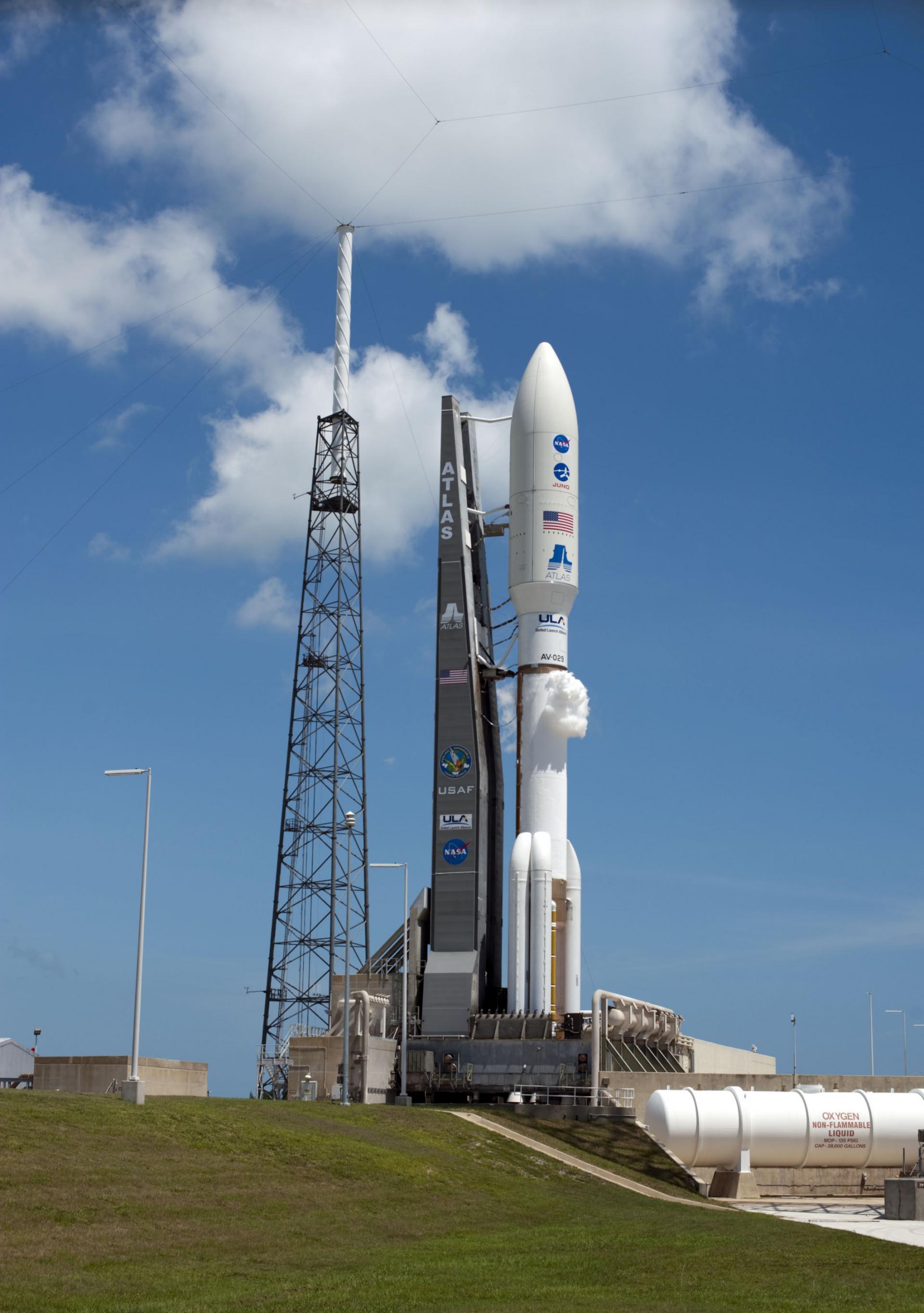· space brief · 6 min read
Space Brief 4 Jul 2025
Explore today's key space events including China's satellite launch, ULA's Vulcan rocket preparations, significant budget bills from Congress, and discussions on lunar business prospects.
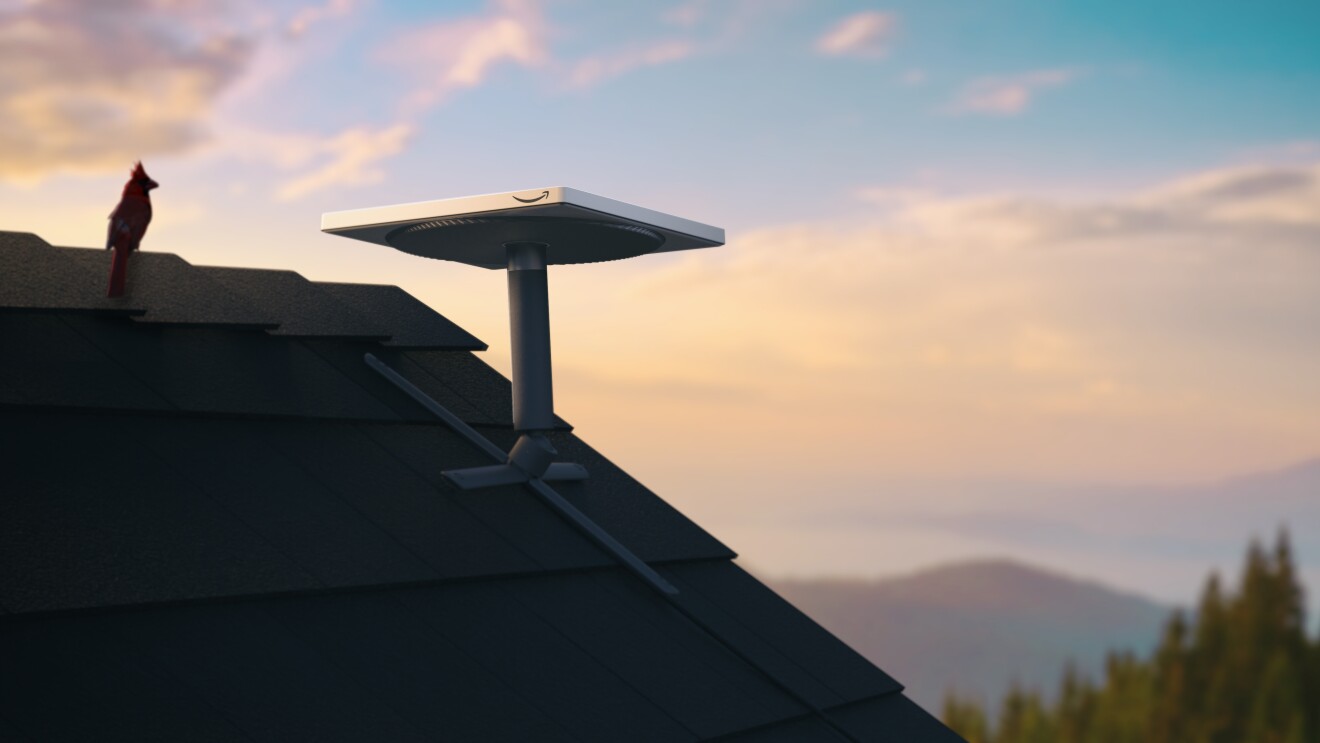
📄Top Stories
In today’s space news, China successfully launched the classified Shiyan-28B experimental satellite, enhancing its orbital capabilities. Meanwhile, United Launch Alliance (ULA) has started assembling its Vulcan rocket for an upcoming national security mission. Additionally, Congress has passed significant funding bills impacting both defense and NASA, while discussions continue on the commercial potential of lunar exploration.
📰Detailed Coverage
China’s Classified Satellite Launch
China has successfully launched the Shiyan-28B, a classified experimental satellite, aboard a Long March 4C rocket. This launch, which took place from the Xichang Satellite Launch Center, marks another milestone in China’s ambitious space program. The Shiyan series continues to focus on technology testing and development, enhancing China’s competitive edge in the realm of space exploration.
The Shiyan-28B is expected to contribute to advancements in communications and data collection technologies. While the specifics of the satellite’s mission remain classified, its deployment signifies a strategic effort to bolster capabilities in orbit, potentially affecting global satellite tracking dynamics. SpaceNews
ULA’s Vulcan Rocket Nears Launch
United Launch Alliance (ULA) has begun stacking its Vulcan rocket as it gears up for a high-profile national security mission. This marks a pivotal step after months of delays in certifying the launch vehicle, initially caused by technical reviews and logistical hurdles. The exact date has yet to be announced, but the launch is anticipated to occur later this summer.
The Vulcan rocket, renowned for its reliability and adaptability, plays a crucial role in fulfilling national security requirements. This mission represents ULA’s commitment to delivering cutting-edge launch services, crucial for maintaining robust defense capabilities. Spaceflight Now
US Congress Allocates Billions for NASA and Defense
In a major legislative move, Congress has approved a budget reconciliation bill that allocates nearly $160 billion for defense, including $150 billion as part of President Trump’s latest defense megabill, and $10 billion specifically for NASA. This funding aims to bolster NASA’s human spaceflight programs and potentially facilitate the transfer of a space shuttle to Houston.
These substantial investments highlight the prioritization of both national security and ambitious space exploration initiatives. The implications for satellite technology and tracking are significant, as increased funding may enhance capabilities and provide further resources for both governmental and commercial agencies. SpaceNews
The Business Case For Lunar Exploration
Recent discussions on the economic potential of lunar exploration reveal strategic opportunities for commercial ventures. Industry experts participated in a panel recorded for the Space Minds podcast, where they discussed upcoming lunar missions and the prospects of mining and infrastructure development on the moon.
This analysis underscores the transformative nature of space exploration, as businesses contemplate lunar ventures that could redefine resource utilization and international cooperation in space. For satellite tracking enthusiasts, these developments might lead to increased activity and data associated with lunar operations. SpaceNews
🛰️Satellite Spotlight
- Satellite Name: RASAT
- NORAD ID: 37791
- Launch Date: August 17, 2011
- Mission: Earth Observation
- Orbit: LEO
- Operator: TUBTU
- Fun Fact: RASAT is equipped with a high-resolution imaging system that allows it to capture both panchromatic and multispectral images of the Earth, aiding in various applications such as agricultural monitoring and urban planning.
Track this satellite in real-time on our web app: Track RASAT
🌌Space Weather
Space weather conditions are currently quiet.
Current
R0 - S0 - G0
Last 24 Hour Maximums
R0 - S0 - G0
Recent Alerts
- ALERT: Geomagnetic K-index of 4 reached at 14:40 UTC on July 3. Potential impacts include weak power grid fluctuations and auroras visible at high latitudes, particularly Canada and Alaska.
- CONTINUED ALERT: Electron 2MeV Integral Flux exceeded 1000 pfu. Satellite systems may experience significant charging, increasing risk to satellite operations.
- WARNING: Geomagnetic K-index of 4 expected from July 3 to July 4. Similar potential impacts for auroras and power grid fluctuations as noted above.
Next 24 Hours
-
Radio Blackouts Probability
- Minor: 20
- Major: 1
- Risk: None
-
Solar Radiation
- Probability: 1
- Risk: None
-
Geomagnetic Storming
- Scale: 0
- Impact: none
- Activity: Low
-
Impact Summary
- Next 24 hours: No risk of radio blackouts, solar radiation storms, or significant geomagnetic activity expected. However, the geomagnetic field could experience active periods with a chance for G1 (Minor) storming on July 4 due to persistent CME effects.
Long Term Forecast
- Long Term Impact Summary
- From June 30 to July 4, solar activity is expected to remain low. Moderate (R1-R2) levels are likely from July 5 to July 26 due to the return of old solar regions. No significant proton events are anticipated at geosynchronous orbit.
- Greater than 2 MeV electron flux may reach high levels intermittently due to recurrent Coronal Hole High-Speed Stream (CH HSS) influences on multiple dates throughout the forecast period.
- Geomagnetic field activity will range from unsettled to active with potential G1 (Minor) geomagnetic storming likely on specific days due to incoming CME and recurrent CH HSS activity.
Upcoming Space Launches
July 8
- SpaceX Falcon 9 Block 5:
- Starlink Group 10-28 from Cape Canaveral Space Force Station, FL, USA (05:48 UTC)
- A batch of satellites for the Starlink mega-constellation - SpaceX’s project for space-based Internet communication system.
July 15
- Gilmour Space Technologies Eris-1:
- Maiden Flight from Bowen Orbital Spaceport (21:30 UTC)
- Maiden flight of Gilmour Space’s orbital launch vehicle Eris.
July 25
- Russian Federal Space Agency (ROSCOSMOS) Soyuz 2.1b/Fregat-M:
- Ionosfera-M 3 & 4 from Vostochny Cosmodrome, Siberia, Russian Federation (05:54 UTC)
- Ionosfera is a constellation of four ionospheric and magnetospheric research satellites developed for Roscosmos for the project Ionozond.
July 26
- Arianespace Vega-C:
- CO3D & MicroCarb from Guiana Space Centre, French Guiana (02:03 UTC)
- CO3D is a CNES-Airbus Defence & Space constellation of four small satellites designed to map the globe in 3D. Microcarb is a small satellite designed to map sources and sinks of carbon dioxide (CO2).
July 30
- Indian Space Research Organization GSLV Mk II:
- NISAR (NASA-ISRO Synthetic Aperture Radar) from Satish Dhawan Space Centre, India (11:30 UTC)
- The NASA-ISRO Synthetic Aperture Radar, or NISAR satellite, will map the elevation of Earth’s land and ice masses and observe natural processes such as ecosystem disturbances and natural hazards.
July 31
-
SpaceX Falcon 9 Block 5:
- Bandwagon 4 (Dedicated Mid-Inclination Rideshare) from Cape Canaveral Space Force Station, FL, USA (00:00 UTC)
- Dedicated rideshare flight with microsatellites and nanosatellites for commercial and government customers.
-
SpaceX Falcon 9 Block 5:
- Crew-11 from Kennedy Space Center, FL, USA (00:00 UTC)
- SpaceX Crew-11 is the eleventh crewed operational flight to the International Space Station as part of NASA’s Commercial Crew Program.
-
SpaceX Falcon 9 Block 5:
- Project Kuiper (Falcon 9 #1) from Cape Canaveral Space Force Station, FL, USA (00:00 UTC)
- First of three launches for Amazon’s Kuiper satellite internet constellation.
Note: Launch dates and times are subject to change due to technical or weather considerations.

Maurice Stellarski


